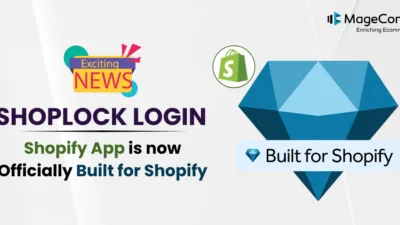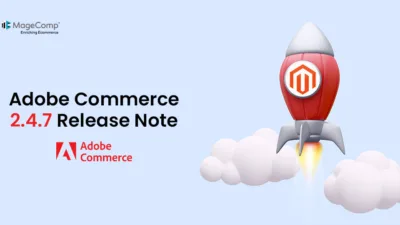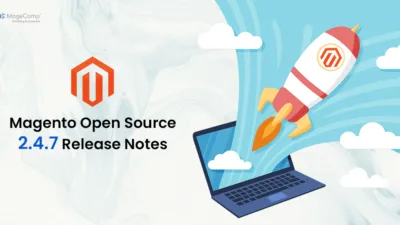Payment processing is the backbone of any eCommerce business. You need to accept payments, but which payment gateway should you use? This comprehensive guide will help you understand the difference between a payment gateway and eCommerce payment processing, how they work together and what’s best for your business.
Payment gateways vs. payment processors
Payment gateways are the first step in the payment process, while payment processors connect a seller to the bank. Payment gateways directly influence your business’s bottom line, so it’s crucial to choose a good one.
If you’re starting as an eCommerce merchant, your best bet will likely be a reputable gateway offering easy integration, reliable customer support, and strong branding options. Here are some things to look for when choosing a payment gateway:
- Excellent customer support — Your gateway should provide responsive assistance whenever needed (preferably 24/7). You should never feel like you’re being ignored or brushed off by them just because it’s not their primary job function.
- Easy integration — The last thing you want to deal with is having difficulty getting set up on your new software platform or website; this can lead to lost sales and frustrated customers who might leave negative reviews for their poor experience working with you. Make sure the software has clear documentation available, so anyone can quickly get started making payments through their preferred payment method without needing technical training first.
What is an eCommerce payment gateway?
An eCommerce payment gateway is a technology that connects your online store with the payments processor to facilitate the processing of credit card transactions. The gateway encrypts sensitive information and streamlines the process of accepting online payments, increasing sales and improving customer satisfaction.
Which one should I use for my business?
Now that you’ve gotten a solid understanding of the various eCommerce payment processing options, it’s time to ask yourself: Which one is best for my business?
There are pros and cons to each option. For example, suppose your business sells physical goods (as opposed to digital products). In that case, an Amazon Payments account may be better suited for you because it allows you to accept payments through Amazon Checkout.
How to choose the right eCommerce payment gateway
When choosing a payment gateway, you should consider the following:
- Ease of use. How easy is it for your customers to complete each purchase? Is there an intuitive checkout process, or do you have to explain the steps each time?
- Single integration solution. Does it offer a single integration solution that works with all of your eCommerce platforms, or does it require separate applications for each one?
- Cost of infrastructure and maintenance. How much will this cost in terms of infrastructure development and maintenance? Are there any costs associated with ongoing service contracts or ongoing support fees – or other charges that may not be immediately obvious when you’re comparing offers but add up over time due to hidden fees such as PCI compliance costs (which can range from $0-$50k/year)?
- Security measures and fraud protection technology are built into their platform as part of the standard offering at no extra charge. Any potential compromise could mean losing customer trust forever, so ensure there are no holes in their network before signing up.
Ease-of-use
An eCommerce owner’s ability to get up and running quickly is vital for three main reasons:
- It allows them to get their store up and running as soon as possible.
- It helps them avoid any delay in getting paid by customers.
- It ensures that they can focus on growing their business rather than dealing with technical issues related to shopping cart payments.
For this reason, ease of use is a significant factor when choosing which eCommerce payment gateway will be right for you. Online sellers generally want a solution that they can set up within minutes or hours, not days or weeks—and if your company offers just that, you’ll have the edge over other options on the market.
Single integration solution
The ideal eCommerce payment processing solution will integrate with your existing website and fulfill your needs. This can be done using a single integration solution, which is the most efficient way for businesses to process payments on their websites.
With this type of solution, you can control your data security entirely because it is not stored in one centralized location. Instead, the data is held by each party separately, ensuring that no one person has access to all of it.
This means that if there were ever an issue with any one part of the payment processing cycle (for example, fraud prevention), only that particular company would be affected instead of every company involved in collecting and storing customer information together.
It’s also beneficial because it allows you to work directly with whoever performs best at what they do rather than having them all lumped together into one large group where everyone shares responsibility equally. Still, none specialize specifically in any particular area due to a lack of resources or experience needed.
The cost of infrastructure and maintenance
Infrastructure and maintenance costs are key factors when choosing a payment gateway. With many payment gateways, the cost of infrastructure and maintenance can be substantial, especially if you are processing higher volumes. This fee is in addition to any per-transaction or monthly payments that may apply.
A few examples include:
- Stripe charges $0.30 + 2.9% per transaction (with no monthly fee). For a $100 sale with a 2% discount code applied at checkout, you would pay $1.20 in processing fees with Stripe—quite reasonable considering its simplicity and reliability. However, if you have a high transaction volume (more than 10,000 transactions per month), your costs could increase substantially because of their tiered pricing model based on volume thresholds; see this article for more details about this topic.
Data security and fraud protection
Data security and fraud protection are paramount. It’s critical to choose a payment gateway that provides data security, fraud protection, and other necessary features. For example, if you’re selling products online, your payment provider needs to have a PCI-compliant platform to keep sensitive data safe from hackers.
Data security measures should also be taken when storing customers’ credit card information:
- Encrypting the data can prevent unauthorized access if hackers breach your systems or if there’s an error in transmission over the internet.
Quality customer support
Regarding customer support, the importance of quality service cannot be overstated. If you experience any issues with your eCommerce solution, you want a company that can resolve them quickly and effectively. This begins with having an easy-to-use support system but also includes the:
- Knowledgeable staff available 24/7
- Staff who understand your industry and business needs
- A team who knows how the platform works
- Staff who speak your language (or at least one other language)
Using a single platform for all your eCommerce payment processing needs is the best way.
If you’re thinking about your eCommerce payment processing options, it’s worth considering the benefits of using a single platform for all your needs.
Thankfully, there’s an easier way: Using a single platform to handle everything from processing payments to offering customer service and even marketing your business online.
In a nutshell
There are many options out there when it comes to choosing an eCommerce payment gateway or processor. But remember that you don’t have to get stuck with one that’s not right for your business. You can always switch to another solution if necessary—after all, it’s better than being stuck with a solution that doesn’t meet all your needs and limits growth potential.








